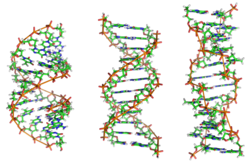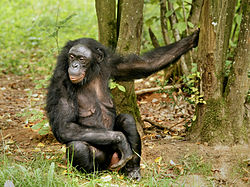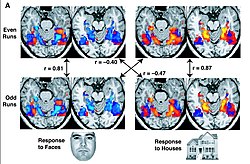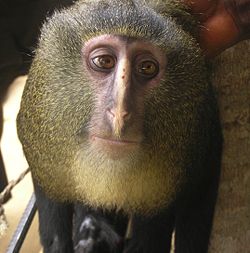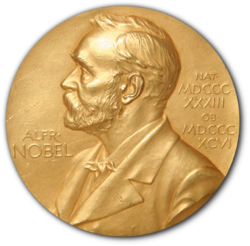| List of years in science |
|---|
| (table) |
| 2012 in science |
|---|
| Fields |
| Technology |
| Social sciences |
| Paleontology |
| Extraterrestrial environment |
| Terrestrial environment |
| Other/related |

The year 2012 involved many significant scientific events and discoveries, including the first orbital rendezvous by a commercial spacecraft, the discovery of a particle highly similar to the long-sought Higgs boson, and the near-eradication of guinea worm disease. A total of 72 successful orbital spaceflights occurred in 2012, and the year also saw numerous developments in fields such as robotics, 3D printing, stem cell research and genetics. Over 540,000 technological patent applications were made in the United States alone in 2012. [1]
Contents
- Events, discoveries and inventions
- January
- February
- March
- April
- May
- June
- July
- August
- September
- October
- November
- December
- IISE Top 10 New Species
- Prizes
- Abel Prize
- Fundamental Physics Prize
- Kyoto Prize
- Nobel Prize
- Deaths
- January 2
- February 2
- March 2
- April 2
- May 2
- June 2
- July 2
- August 2
- September 2
- October 2
- November 2
- December 2
- See also
- References
- External links
2012 was declared the International Year of Sustainable Energy for All by the United Nations. [2] 2012 also marked Alan Turing Year, a celebration of the life and work of the English mathematician, logician, cryptanalyst and computer scientist Alan Turing. [3]


